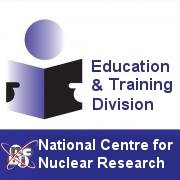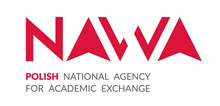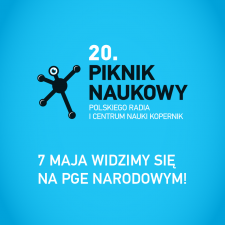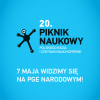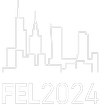Scientific picnic organized at National Stadium in Warsaw
2016.05.06 13:52 - adminDuring scientific picnic organized on premises of National Stadium in Warsaw NCBJ employees familiarized visitors of booth F18 with various topics related to medical applications of ionising radiation.
Jubilee 20th Scientific Picnic organized by Radio Poland and Copernicus Science Centre is dedicated to relations between science and human health. NCBJ has a long tradition of involvement in medical applications. Medical accelerators and isotope preparations for nuclear medicine developed in our Institute are flagships of our offer for medicine. State-of-the-art accelerators produce high-dose photon and/or electron beams capable to conduct cancer radiotherapy and other specialized procedures; beam energies range between 6 and 15 MeV. Isotope preparations developed and manufactured in POLATOM Radioisotope Centre help to save life and health of patients in 80 countries. NCBJ just could not but participate in this year edition of the Picnic. A number of attractive shows explained basic properties of ionising radiation, methods of detection of the radiation, influence of the radiation on human health and life on Earth. Visitors could single-handedly start up simulator of a nuclear reactor – an important facility used to produce radioactive isotopes. Reactor control principles were presented.
Titles of the shows presented by NCBJ employees:
- Nuclear reactor simulator.
- A healthy dose of amusement.
- Radiation is by nature harmless.
- Radiation protection.
- Radionuclide generator.
- Iodine capsules for diagnostics and therapy of thyroid cancers.
- Healthy dose of radiation.
- The Coline 6 electron accelerator for state-of-the-art radiotherapy.
- The INTRALINE intra-surgery accelerator.
Ionizing radiation has been applied in medicine for more than a century. Discovery of X-rays made by Wilhelm Konrad Röntgen, professor of physics at the Würzburg University, one hundred and twenty years ago has changed not only physics, chemistry and material sciences, but also entirely revolutionized medicine and biology. From that time medical imaging techniques have evolved enormously and are currently very sophisticated and advanced, to name just CT/magnetic resonance/PET machines and many others. The techniques help physicians to detect numerous illnesses in so early phases of their development that treatment is straightforward and often concluded with full success. Modern chemistry helps to cure some chronic conditions providing physicians with new, more safe and effective medicines.


